Zaha Hadid: architect's five most iconic buildings
Queen of the Curve's distinctive buildings ranged from sexy to vertigo-inducing and 'jaw-dropping'
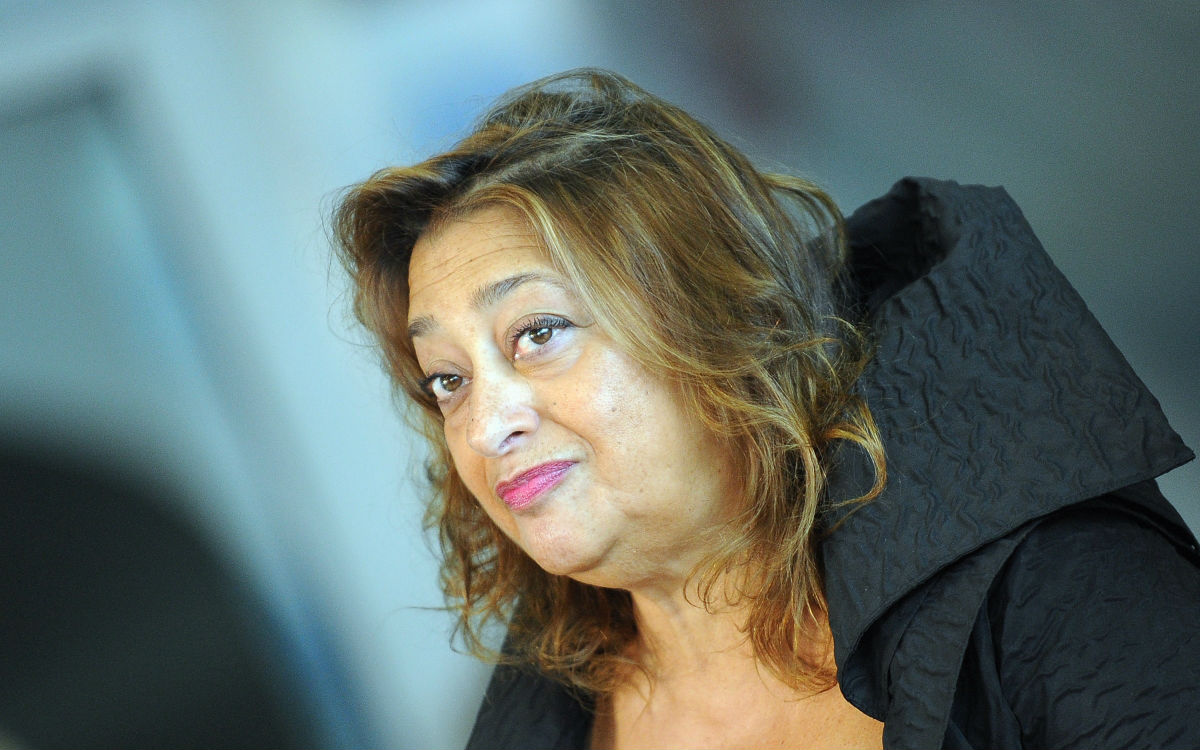
Iraqi-British architect Dame Zaha Hadid, who has just died at the age of 65, created some of the world's most iconic buildings and was known as the 'Queen of the Curve' for her distinctive, fluid, futuristic designs.
Hadid, who died of a heart attack on Thursday in Miami, was commissioned to design buildings around the world, from Hong Kong and Germany to Italy, Azerbaijan and Qatar. She was most famous in the UK for the London Aquatic Centre, built for the 2012 Olympic Games.
Hadid was also the first woman to receive the Pritzker Architecture Prize and the Royal Institute of British Architects (Riba) Gold Medal for her work.
The Week
Escape your echo chamber. Get the facts behind the news, plus analysis from multiple perspectives.

Sign up for The Week's Free Newsletters
From our morning news briefing to a weekly Good News Newsletter, get the best of The Week delivered directly to your inbox.
From our morning news briefing to a weekly Good News Newsletter, get the best of The Week delivered directly to your inbox.
BBC arts editor Will Gompertz calls her "an extraordinary human being".
"She was not only one of Britain's greatest architects, but one of the world's great architects of the 21st century and late 20th century," he says.
Following her death, author Kathy Lette tweeted that Hadid's "beautiful, undulating feminine designs proved that you didn't need a phallic edifice complex to be a brilliant architect".
Here are five of Hadid's most iconic buildings:
A free daily email with the biggest news stories of the day – and the best features from TheWeek.com
London Aquatics Centre, UK
The swimming centre, built for the 2012 Olympics at a cost of £269m, is a light-filled, cathedral-like space in Stratford, east London, that houses two 50-metre pools under a wave-shaped roof resting on three concrete supports. The Guardian called it the "most jaw-dropping municipal swimming pool in the world".
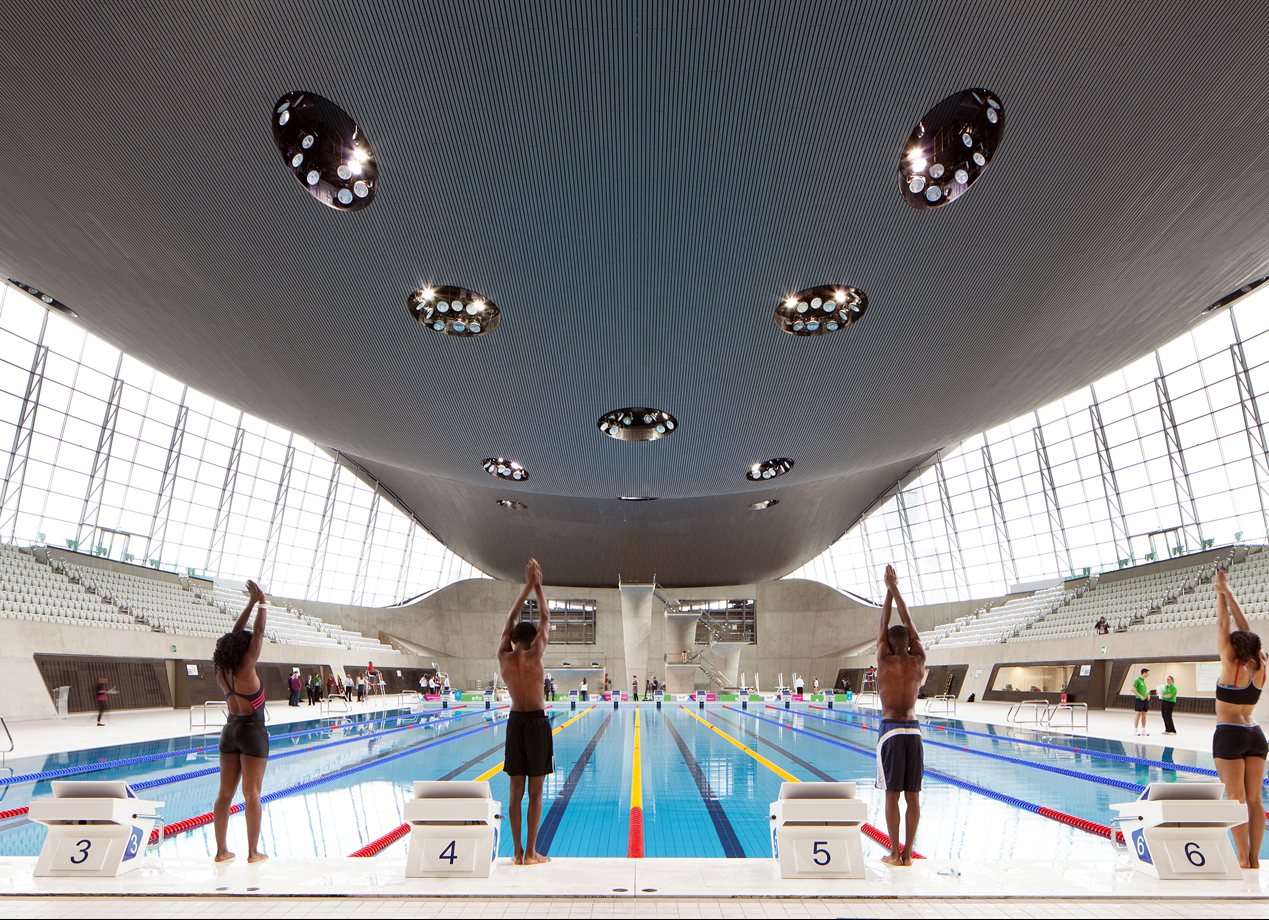
Heydar Aliyev Cultural Centre, Azerbaijan
Hadid won the London Design Museum's Design of the Year award 2014 for this building in the capital of Azerbaijan, Baku, which one judge described as "as pure and sexy as Marilyn's blown skirt". The structure connects three buildings – a library, museum and concert hall – and is noted for its flowing, curved style, which Hadid said was based on the contours of a mountain range.
[[{"type":"media","view_mode":"content_original","fid":"92954","attributes":{"alt":"","class":"media-image","height":"920","width":"1269"}}]]
Messner Mountain Museum, Italy
Hadid created this spectacular, vertigo-inducing museum for renowned climber Reinhold Messner at the top of Alpine peak Mount Kronplatz. The structure, completed last year, features underground galleries and a viewing platform cantilevered over a valley. The architect used cast concrete to give the structure the appearance of rock and ice, reflecting the topography of the region.

Guangzhou Opera House, China
Hadid was particularly praised for her design of the Guangzhou Opera House in China in 2010 – architectural critic Jonathan Glancey in The Guardian called it "at once highly theatrical and insistently subtle". The building, described as "cosmic" by CNN, was inspired by the River Pearl, which it overlooks. Hadid has likened it to two rocks washed up from the Pearl River and deposited on its bank.
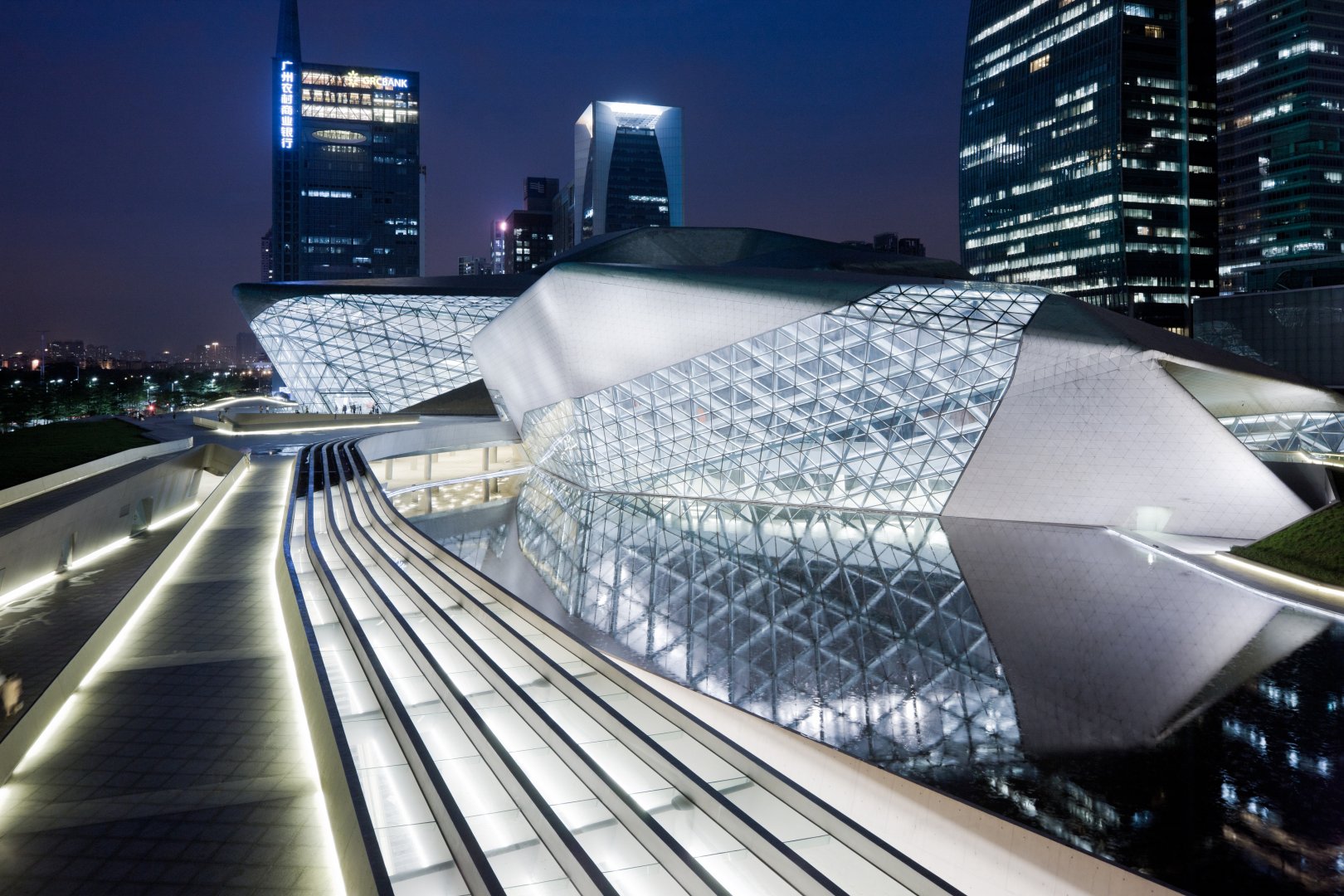
Sheikh Zayed Bridge, Abu Dhabi
The bridge, named after the country's chief architect and former president, was built at a cost of £200m and spans the Maqtah Channel. The 842-metre bridge connects Abu Dhabi Island with the mainland with a curved design that evokes the undulating dunes of the desert, and is said to be best viewed at night, when subtle coloured light flows along its spine.
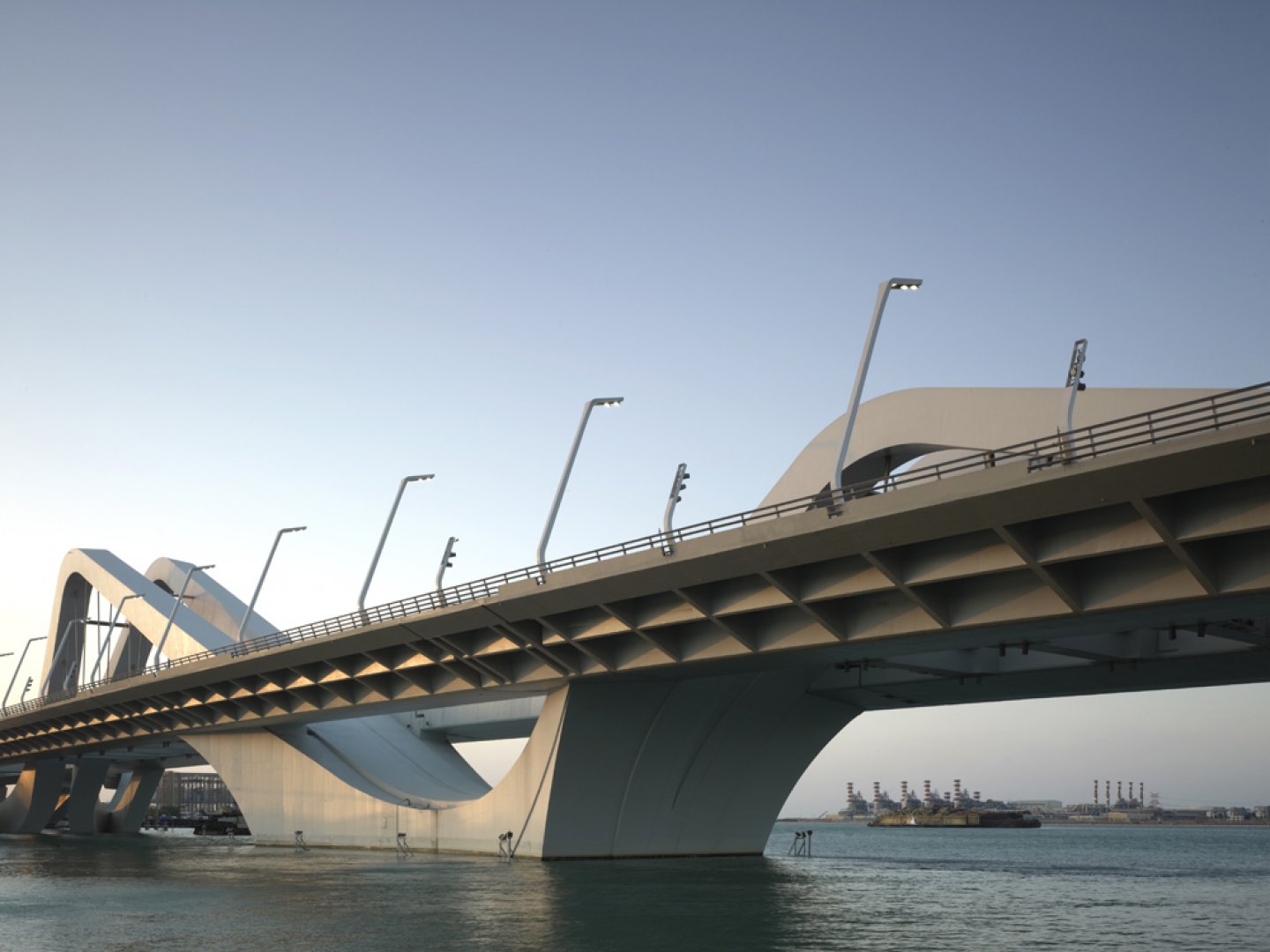
-
 Heavenly spectacle in the wilds of Canada
Heavenly spectacle in the wilds of CanadaThe Week Recommends ‘Mind-bending’ outpost for spotting animals – and the northern lights
-
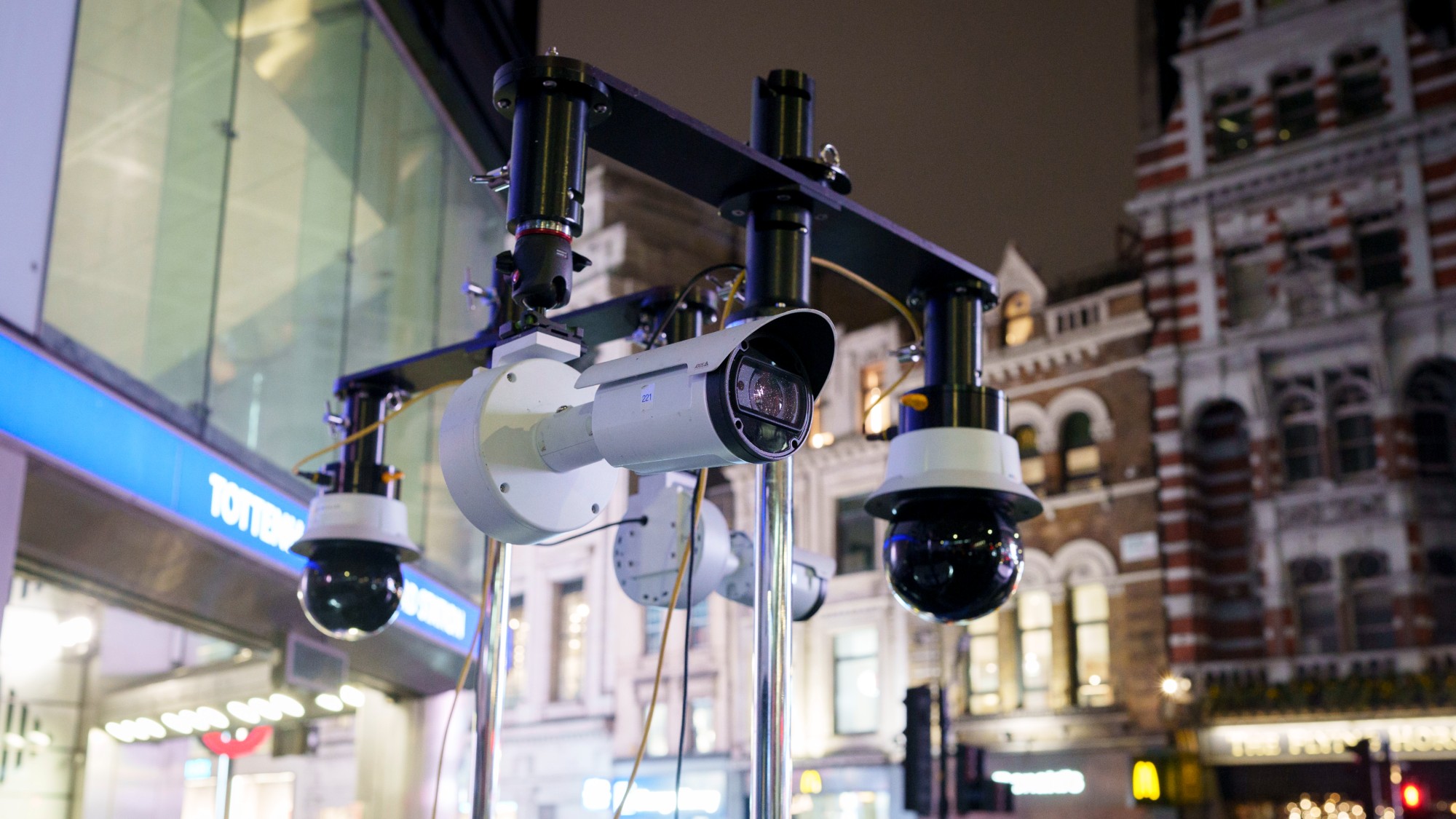 Facial recognition: a revolution in policing
Facial recognition: a revolution in policingTalking Point All 43 police forces in England and Wales are set to be granted access, with those against calling for increasing safeguards on the technology
-
 Codeword: December 14, 2025
Codeword: December 14, 2025The daily codeword puzzle from The Week
-
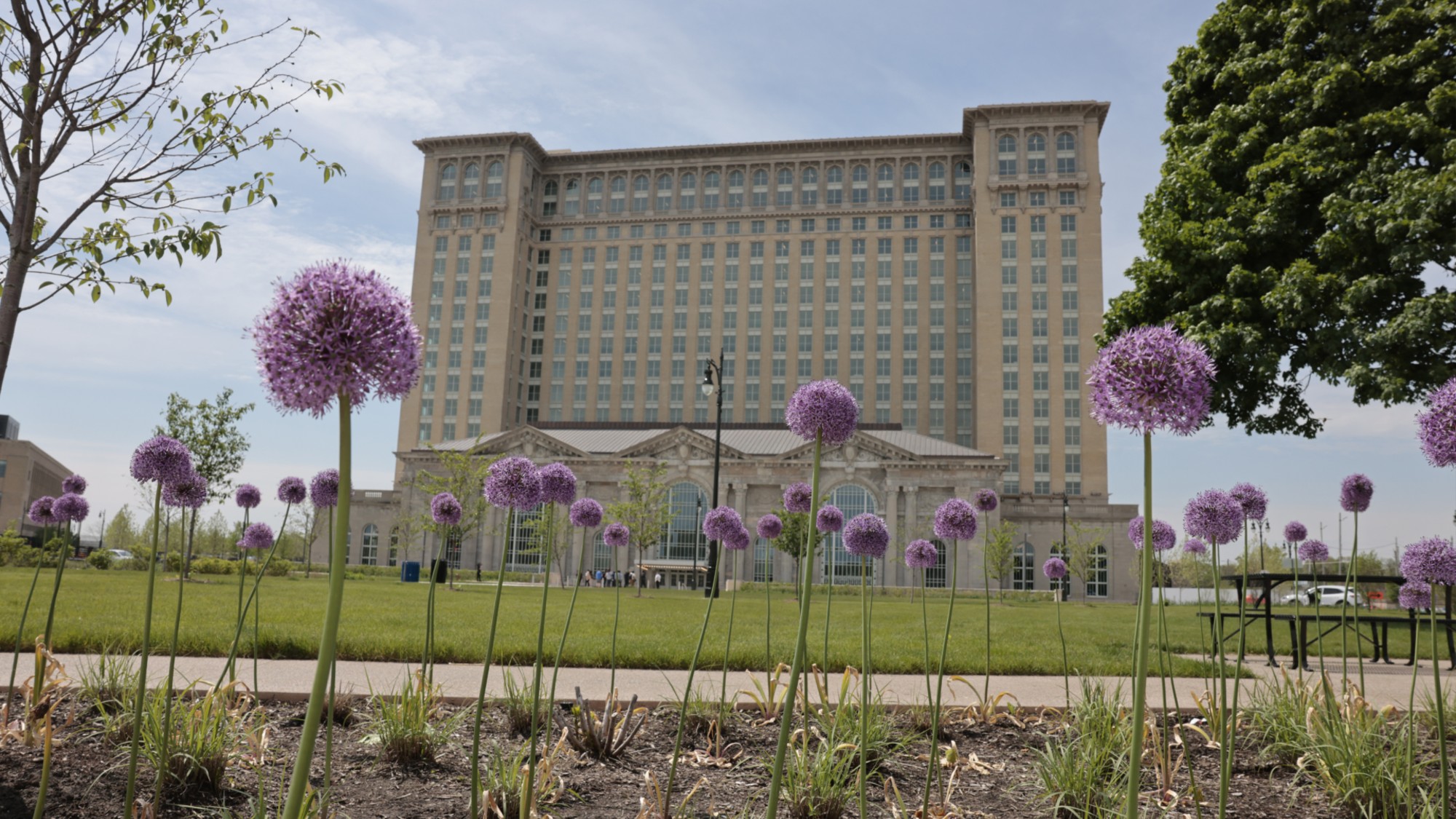 Decrepit train stations across the US are being revitalized
Decrepit train stations across the US are being revitalizedUnder the Radar These buildings function as hotels, restaurants and even museums
-
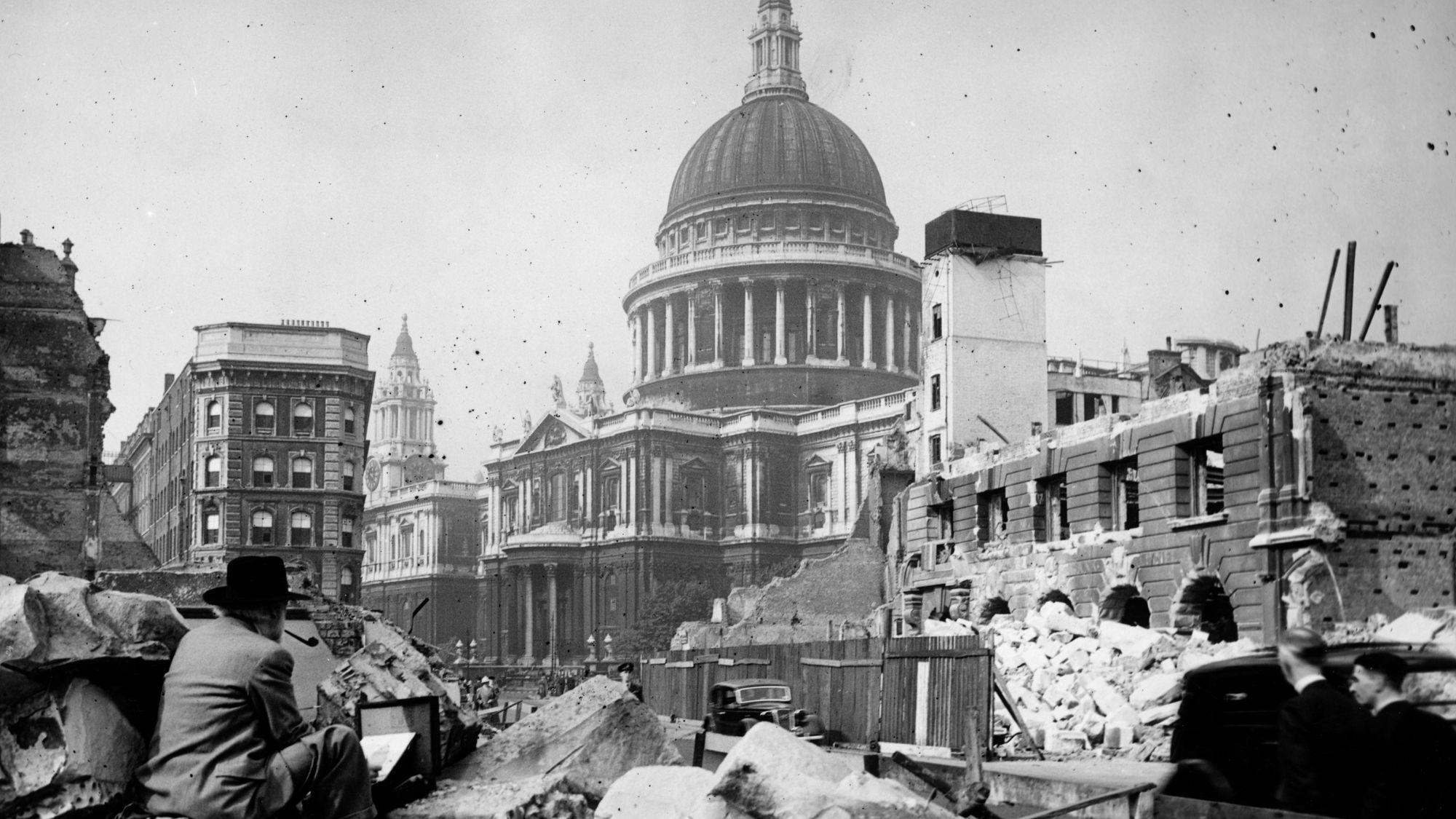 A Short History of British Architecture: Simon Jenkins' book 'gallops along'
A Short History of British Architecture: Simon Jenkins' book 'gallops along'The Week Recommends Simon Jenkins makes history come to life while describing his own interactions with architecture
-
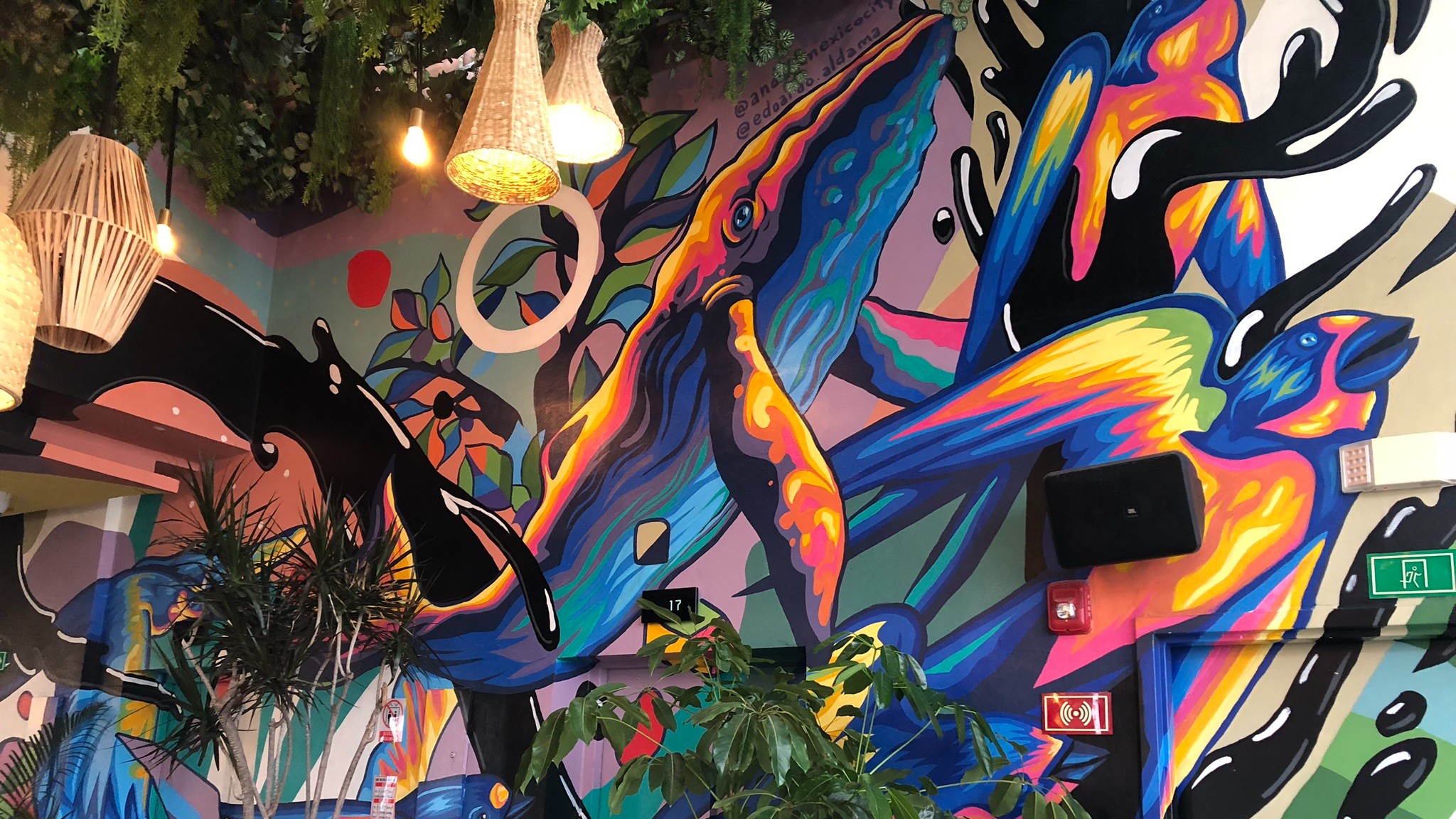 Mexico City travel guide: art and design
Mexico City travel guide: art and designThe Week Recommends Modern vibrancy, design legacy and ancient heritage puts Mexico's jewel alongside other art capitals of the world
-
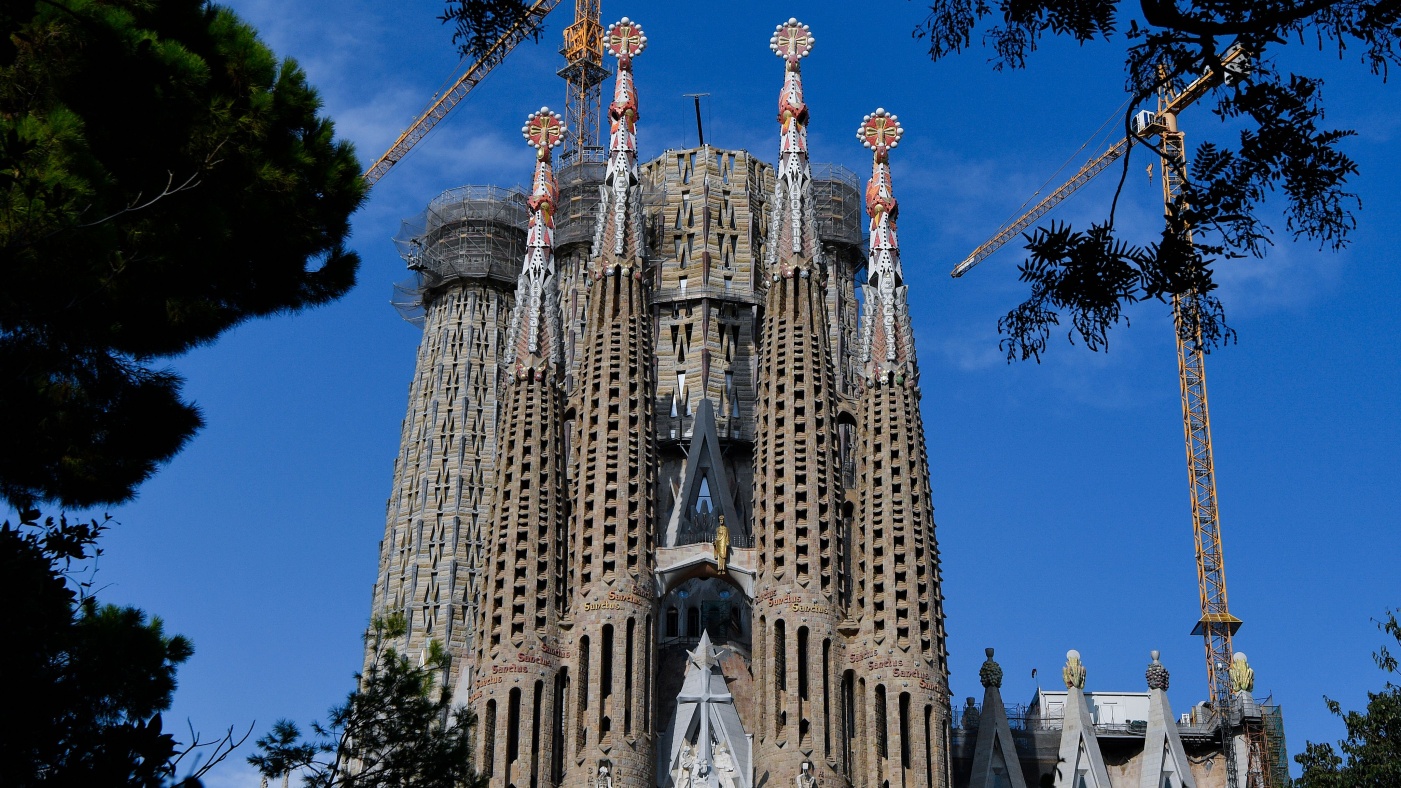 The building of Barcelona's Sagrada Familia
The building of Barcelona's Sagrada FamiliaIn Pictures The iconic Barcelona cathedral is nearing completion after over 140 years of construction
-
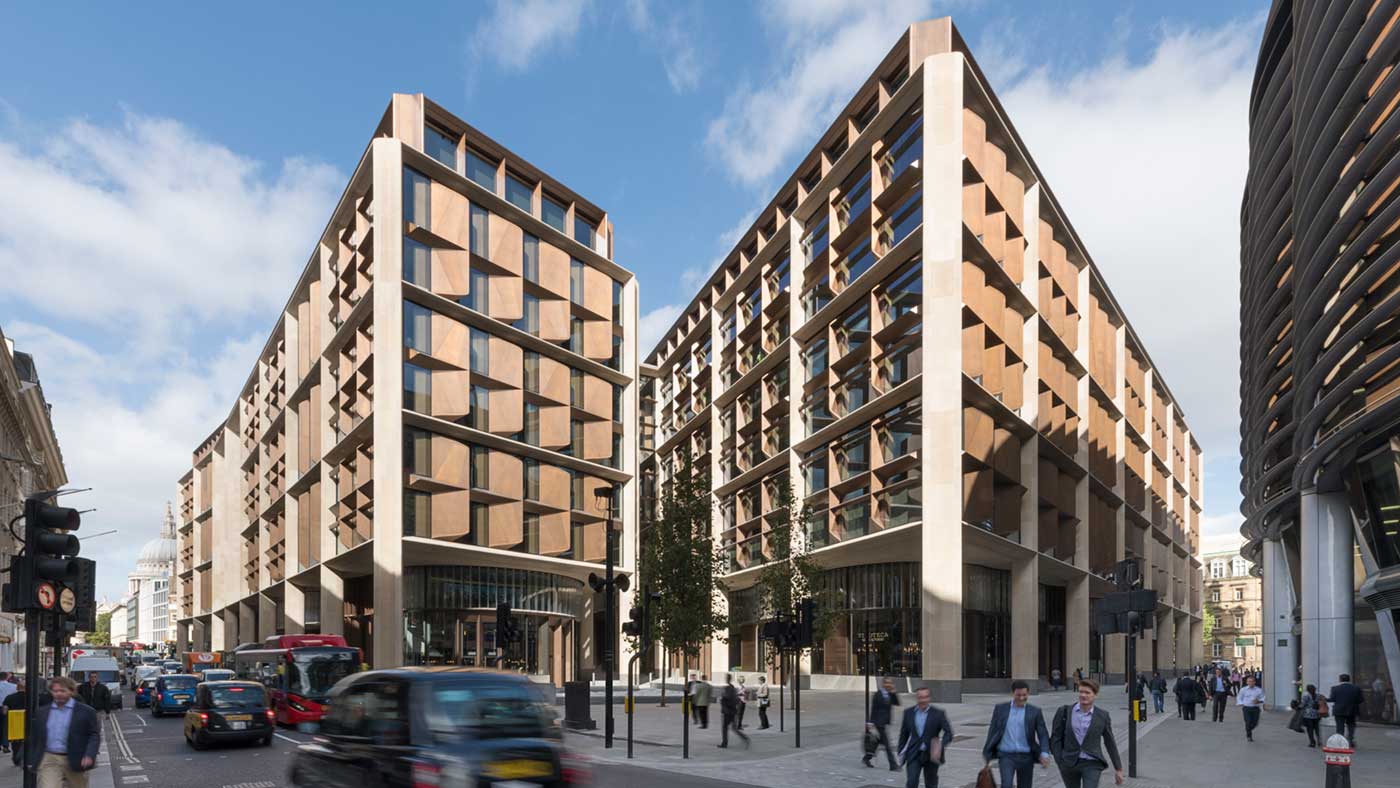 Green giant: Bloomberg's groundbreaking HQ
Green giant: Bloomberg's groundbreaking HQSpeed Read The company's new City of London premises is a feat of painstaking historical preservation and new levels of sustainability
-
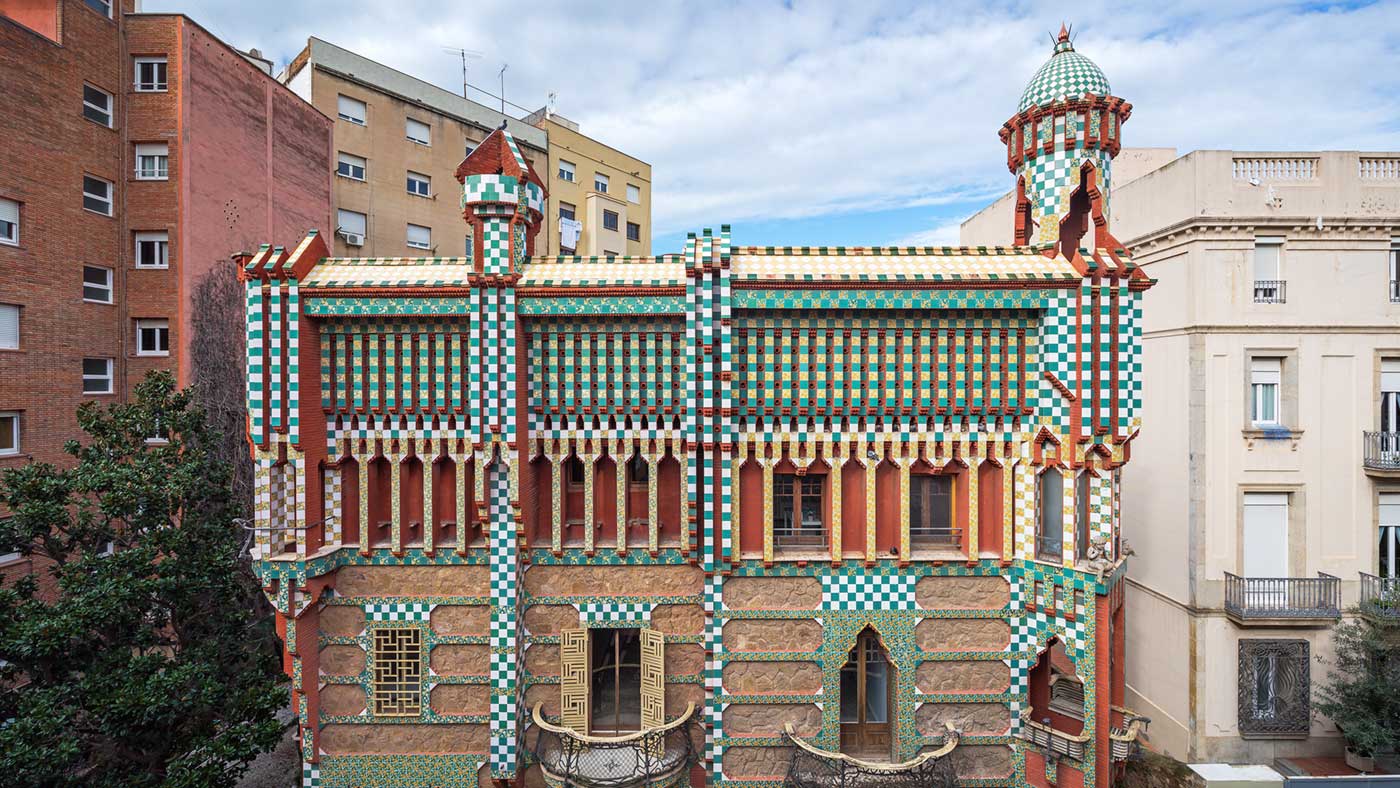 Antoni Gaudi: Casa Vicens
Antoni Gaudi: Casa VicensSpeed Read As the architect's first house opens its doors to the public, we explore some of his most famous and spectacular creations
-
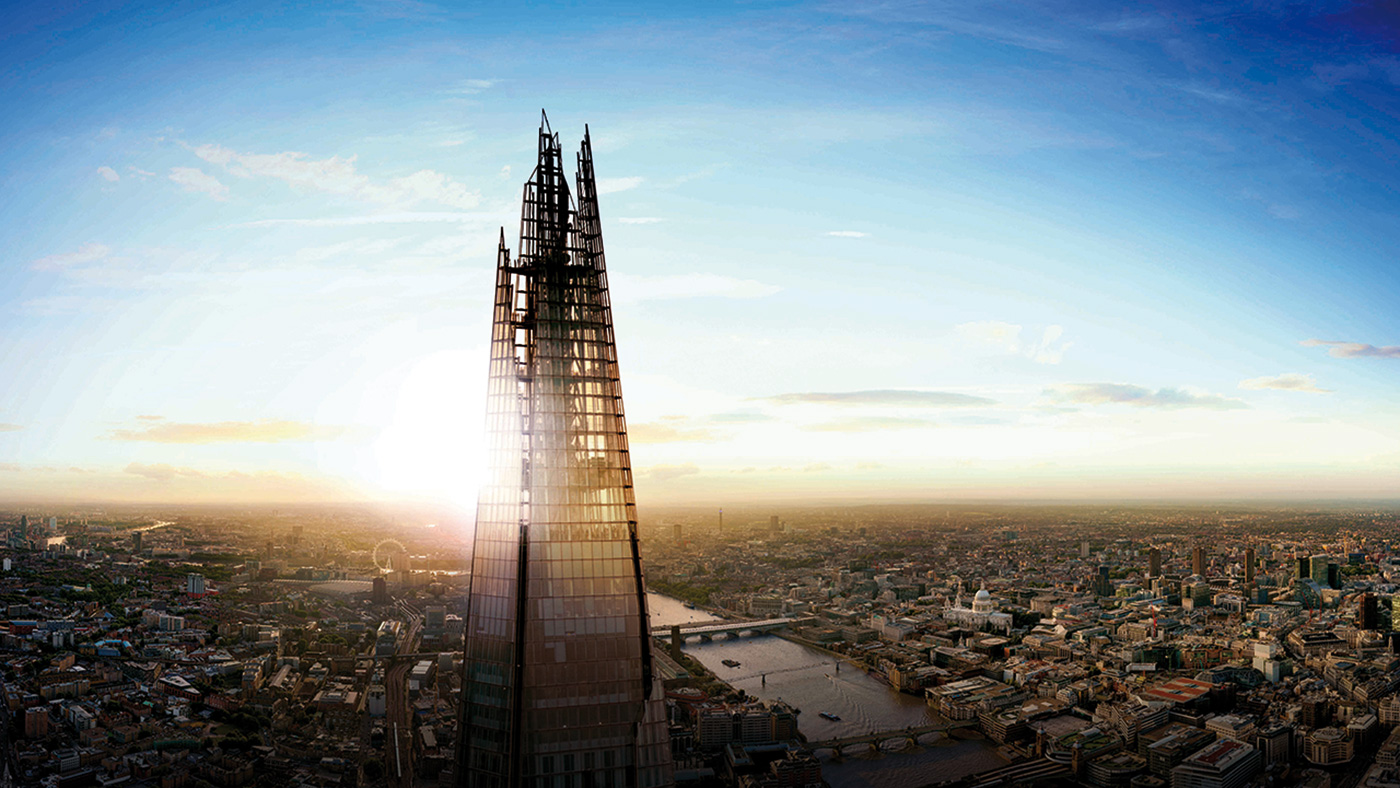 Six picks: What to see at Open House London
Six picks: What to see at Open House LondonThe Week Recommends The weekend that celebrates London's best buildings is back in September, with over 800 properties to see
-
 England's strange and beautiful listed buildings
England's strange and beautiful listed buildingsIn Depth From neoclassical concert halls to the stark interwar beauty of Battersea Power Station